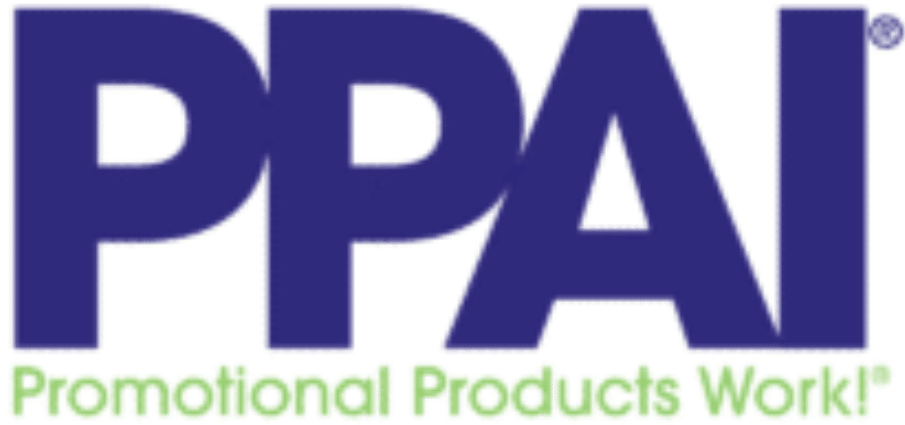Overview
An environmental responsibility policy is a written statement that describes an organization’s principles and philosophy for good environmental stewardship practices. It includes program direction, vendor requirements, and assessment methodology for complying with laws, regulations, and obligations.
Implementing some form of an environmental policy is essential if the organization has a need to demonstrate to stakeholders that it has committed to responsibly managing environmental impacts within its control. Additionally, some clients require vendors to have an established environmental policy as a pre-requisite for partnerships.
Regardless of size, every supplier and distributor organization can make gradual changes within its operations that will contribute to a more environmentally responsible business model. There is no one-size-fits-all strategy. Every organization is different and each has its own unique challenges. The strategy implemented needs to be reasonable and applicable within the individual business model and resources available.
Scope
An environmental responsibility policy is the foundation of a company’s environmental accountability and environmental stewardship program. It applies to all parties that manufacture, assemble, or distribute any product or package on behalf of an organization. This scope can be extended to cover sustainable development as well.
A growing number of organizations are experiencing substantial financial success due to their focus on environmental responsibility and sustainable business practices. The Environmental Protection Agency (EPA) says that “sustainable manufacturing is the creation of manufactured products through economically-sound processes that minimize negative environmental impacts while conserving energy and natural resources. Sustainable manufacturing also enhances employee, community, and product safety.”
Elements Of An Environmental Policy
Goals and Strategies
States the area(s) of the business that the policy covers and the relationship to other programs and systems. Ensures active compliance with domestic and international regulations, ethical standards and environmental standards. Exerts a positive in uence throughout the entire supply chain on to the end customer.
Statement of Beliefs
Demonstrates to all stakeholders that the organization invests in environmental, legal and ethical standards, environmental stewardship, the local community and ultimately the global community. Includes references to how the organization is committed to protecting the environment as a part of its business practices by adhering to the following principles:
- Compliance with all applicable laws, regulations and permits.
- Conservation: replace, reduce, reuse, and recycle
- Prevention of emdash activities that pose threats to humans and the environment
- Communication to all stakeholders
- Continuous improvement will be ongoing and also expected of business partners
Responsibility
Assign the role of compliance officer (or similar title) to the person responsible for administering the organization’s program. This representative will have the ultimate responsibility for developing and coordinating the organization’s overall corporate responsibility efforts. The compliance officer should report directly to the CEO/owner and serve as the main point of contact for environmental responsibility related issues both for internal and external stakeholders.
The compliance officer:
- Oversees the implementation of the environmental responsibility program and code of conduct. Delegates relevant roles and responsibilities to other staff members.
- Defines the organization’s environmental responsibility goals and strategy to ensure that they are effectively communicated to all stakeholders.
- Manages vendor environmental responsibility performance, reviews assessment reports and follows up with suppliers if corrective actions are necessary.
*Note: Best practice requires the compliance officer to oversee all responsible sourcing activities (social/product/environmental responsibility, product quality and supply chain security) under a singular corporate responsibility program.
Code of Conduct
A code of conduct is a tangible representation of an organization’s effort to meet the expectations of the end buyer for product safety, social and environmental assurances. It is a document a supplier can hand a distributor, and a distributor can hand to an end buyer as a public statement of the organization’s environmental, safety and quality commitments. Refer to PPAI’s Code of Conduct webpage for more details and to adopt the PPAI Code of Conduct.
Objective
The principal objectives of an environmental responsibility policy include:
- Protecting the safety and health and environment of organization staff, visitors, and any persons who may be affected by the organizations operations activities.
- Protecting the physical assets of the organization.
- Protecting the reputation of the organization.
- Providing information for operations departments relative to their overall safety, health, and environmental objectives.
- Complying with relevant safety, health, and environmental legislation.
- Assisting each department in achieving continual improvement in the management of safety, health, and environmental issues.
- Having the plan adopted for use by all vendors, contractors, and factories, wherever situated, to ensure consistent application at all facilities that produce goods for organization.
Training
Staff training is essential for embedding environmental responsibility throughout the organization’s culture. Involving employees and other stakeholders in development of the program and training encourages buy-in which enhances effectiveness.
Conduct environmental responsibility training, possibly in conjunction with any other corporate responsibility training, for staff before implementing the program. The training provided to suppliers can be as simple as covering the organization’s policy and code of conduct with a supplier to highlight the areas of risk and to raise supplier’s awareness of the organization’s expectations and concerns related to their operations.
Monitoring
Continuous monitoring of environmental responsibility efforts is essential to ensuring the success of any program. Effective monitoring mitigates the risk of incidents or violations in the form of environmental impacts from pollution, spills, waste, emissions, noise, and energy use to name a few.
Regular reviews or checkups of the organization’s environmental activities ensures improvement and validates results for stakeholders. While tracking is continuous, it is considered best practice to conduct reviews on an annual basis (more frequently during the first year). The timing and frequency of inspections should take into account inherent safety, health, and environmental risks. The end goal of effective monitoring programs is a safer and more sustainable environment.
Steps to consider when setting targets for environmental responsibility and sustainability goals may include:
- Stay on top of regulations and impending legislation.
- Consider the life cycle of products and services. Design and manufacture sustainability into them.
- Monitor industrial wastewater discharge.
- Measure air emissions.
- Buy renewable raw materials and other materials that come from renewable sources.
- Maintain a list of all chemicals being used and introduced to the organization and resulting waste.
- Track all general waste being generated, how it is handled and disposed.
- Reuse or recycle waste.
- Pass waste on to others that can use it as a resource.
- Track electric consumption and greenhouse gas emissions.
- Determine how much fuel is consumed monthly by vehicles and equipment.
- Measure municipal water consumption.
- Environmental permits and reporting.
- Product content restrictions.
- Vendor environmental assessments.
Vendor Selection
Ensure every supplier undergoes a due diligence process to benchmark its performance against the tenants of the organization’s environmental responsibility policy and code of conduct prior to entering any agreements. In addition, regularly monitor the supply chain to ensure that all suppliers are in compliance with relevant local laws and regulations.
1. Pre-selection Process: Before entering any business agreements with potential suppliers, consider asking them to complete a self assessment questionnaire to measure their performance against your code of conduct. In addition, prospective suppliers should be asked to sign your purchase order terms and conditions, inclusive of a clause on compliance with your code of conduct.
2. Supplier Requirements: An organization’s environmental accountability program and code of conduct should apply to all parties that manufacture, assemble, or distribute any product or package on behalf of the organization. Provide every supplier with a supplier package that they will acknowledgement receipt of and that they will have to complete, sign and return prior to receiving orders.
Online Resources:
PPAI Environmental Responsibility:
http://ppai.org/environmental-responsibility
PPAI Code of Conduct:
http://ppai.org/corporate-responsibility/ppai-code-of-conduct/
Environmental Protection Agency (EPA):
https://www3.epa.gov/
Laws & Regulations:
www.epa.gov/laws-regulations
United Nations Environment Programme:
www.unep.org/
BLUESIGN System:
www.bluesign.com/
Global Reporting Initiative Sustainability Reporting Guidelines:
www.globalreporting.org/resourcelibrary/GRIG4-Part1-Reporting-Principles-and- Standard-Disclosures.pdf
Microsoft (2015 Citizenship Report):
www.microsoft.com/about/csr/transparencyhub/citizenship-reporting/
Environmental Key Performance Indicators – Reporting Guidelines for UK Business:
www.gov.uk/government/uploads/system/uploads/attachment_data/file/69281/pb11321- envkpi-guidelines-060121.pdf –

